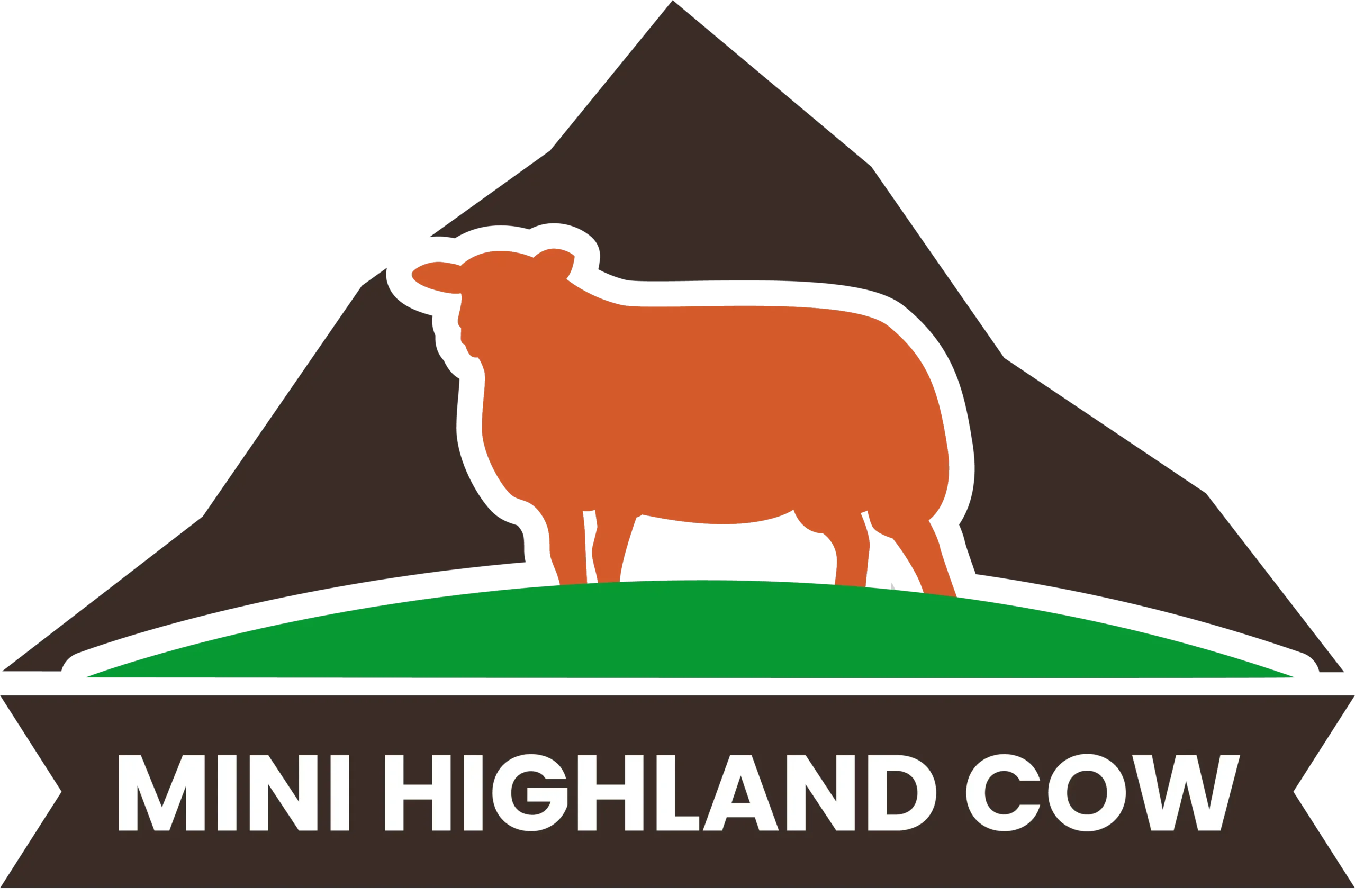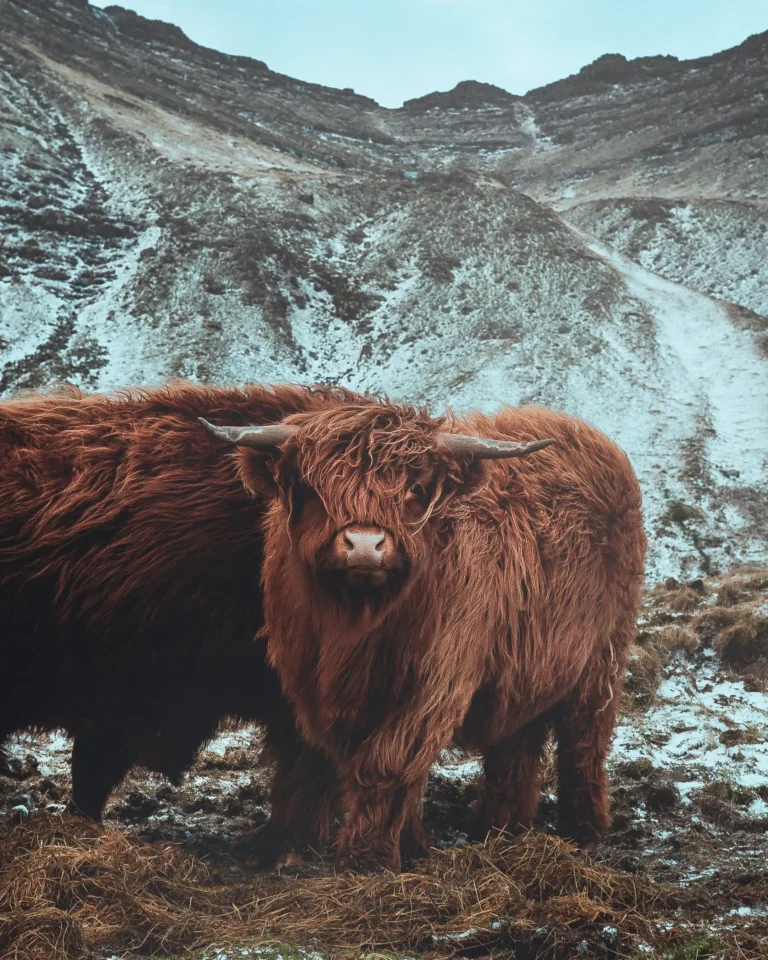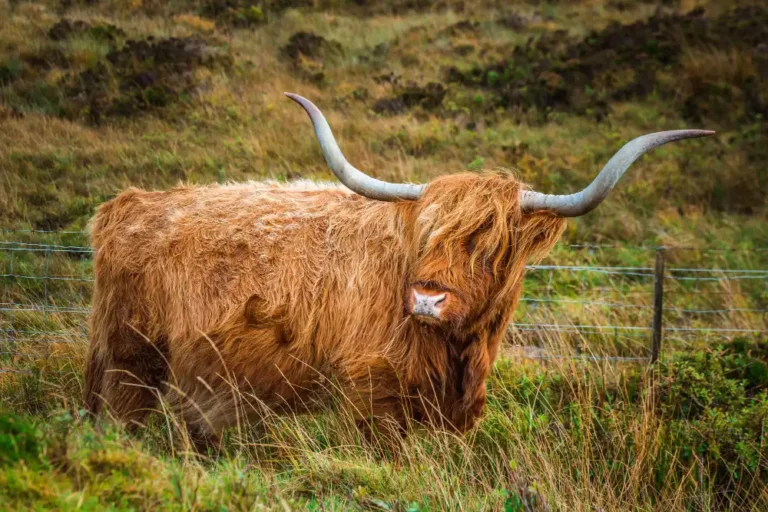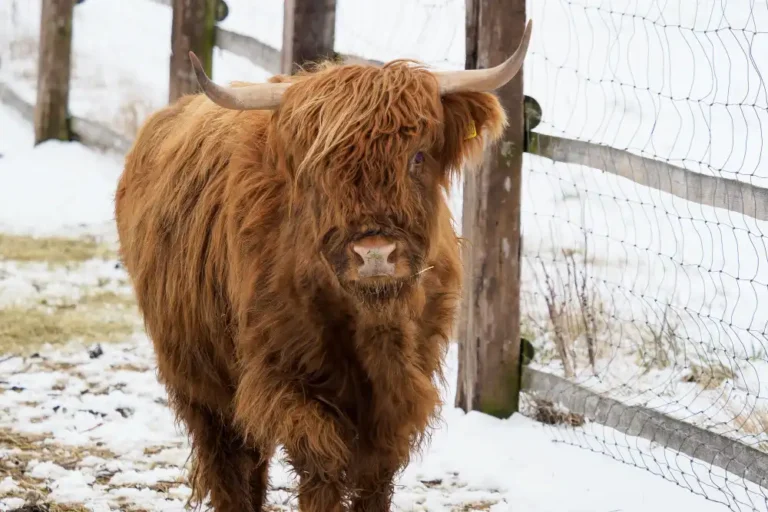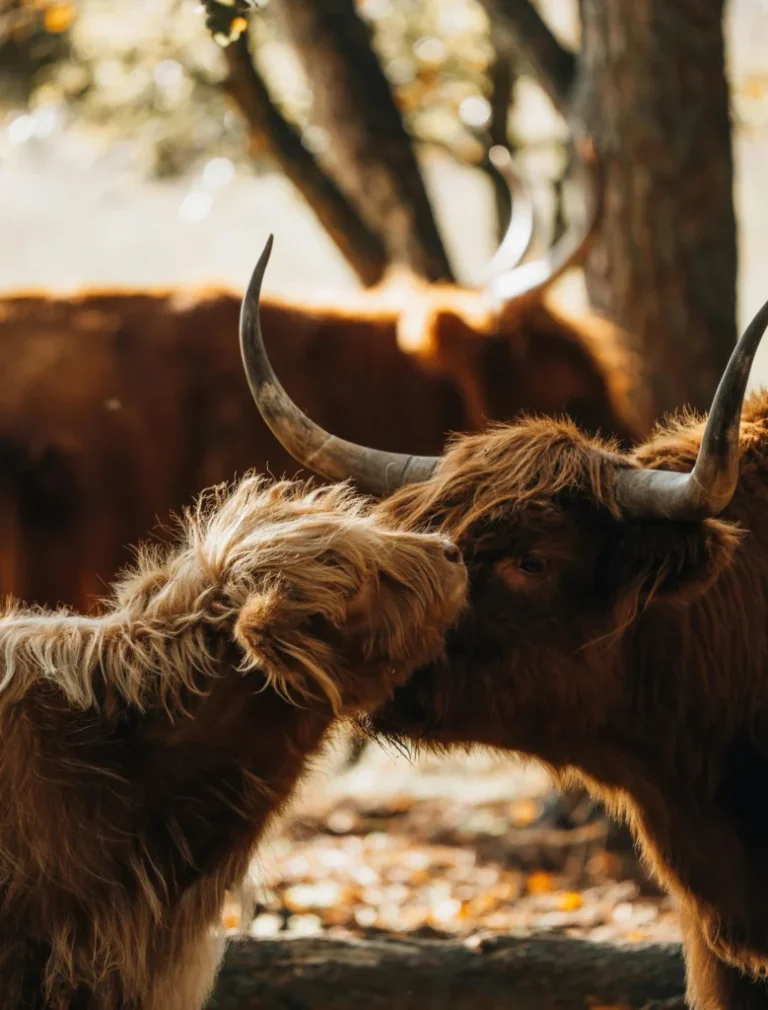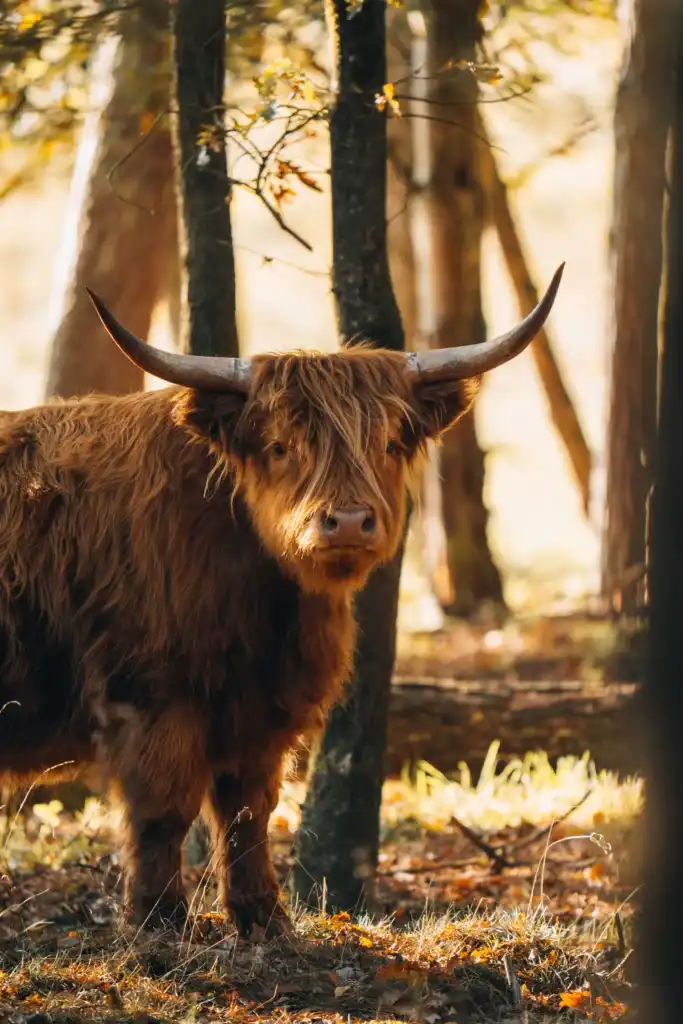The Economic Value of Mini Highland Cows in Modern Agriculture
The agricultural landscape constantly evolves, adapting to new trends and consumer demands. Among these trends is the rising popularity of Mini Highland Cows, a miniature version of the traditional Scottish Highland cattle. These petite, fuzzy animals are not just a novelty; they offer significant economic value to small farms and breeders thanks to their unique characteristics and versatility.
This article explores the economic implications of incorporating Mini Highland Cows into modern agriculture, considering their size, hardiness, and the growing market for miniature breeds.
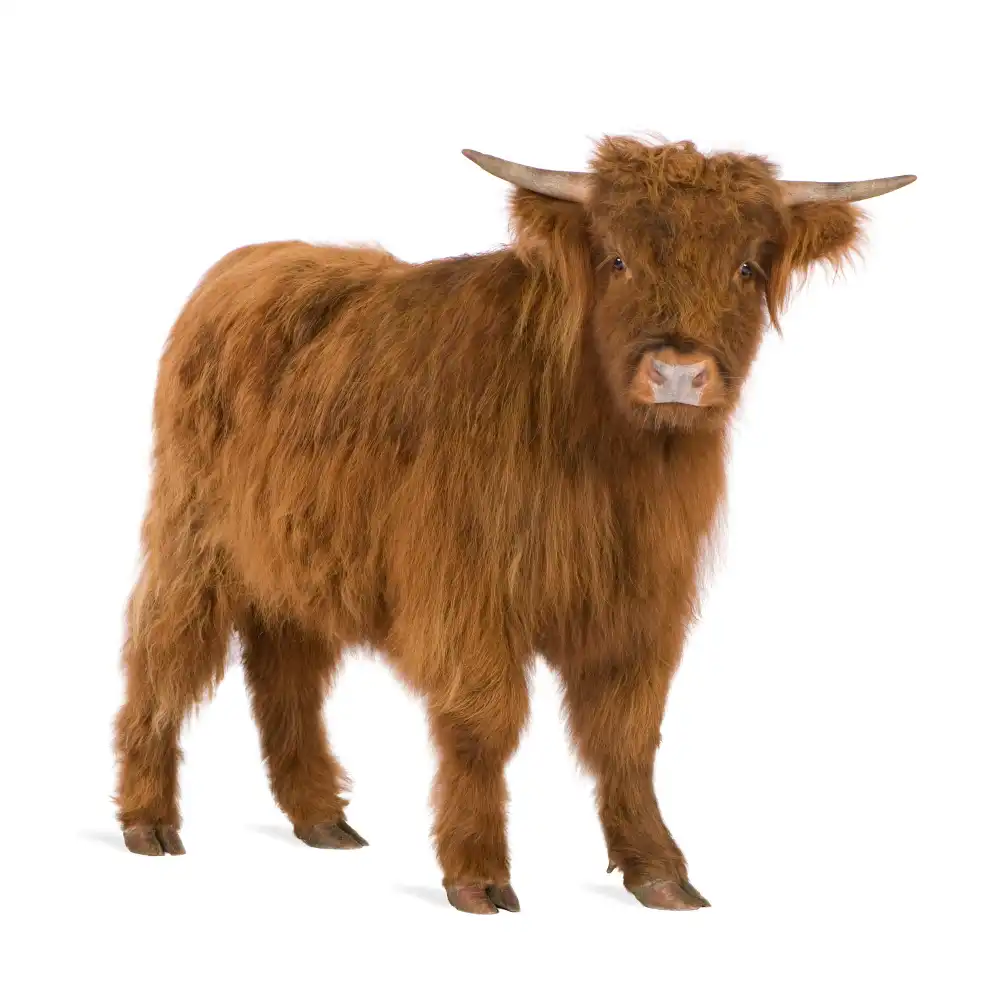
What are mini Highland cows?
Mini Highland Cows, or miniature Highland cattle, are a smaller version of the regular Highland cows known for their hardiness in various climates, especially the Scottish Highlands. Fully grown, they stand around 48 inches tall, significantly shorter than full-size cattle breeds.
Despite their small stature, these animals retain the muscular frame and robustness of their larger counterparts. The miniature breeds, including the Miniature Belted Galloway and Dexter cattle, have been selectively bred for their petite size without the genetic condition chondrodysplasia, ensuring their health and well-being.
Economic Benefits of Mini Highland Cows in Agriculture
Benefits of Smaller Size
The smaller size of mini cattle, like the Mini Highland Cows, offers several economic advantages. They require less feed than full-sized dairy cows, reducing the cost per cow significantly. Their small frame size and easy-calving nature suit smaller farms with limited space. Additionally, the smaller cows may graze more efficiently, leading to better pasture regrowth and maintenance.
Land Utilization
Mini Highland cows, with their smaller stature, are exceptionally efficient in land utilization, making them ideal for small-scale farms or limited grazing areas. Their ability to thrive on rougher pastures, where larger cattle might struggle, reduces the need for expansive grazing land.
Additionally, their lighter weight minimizes soil compaction, preserving the land’s integrity and promoting better grass regrowth. This efficient use of land resources aligns well with sustainable farming practices, maximizing agricultural productivity within a smaller footprint.
Health and Disease Resistance
Mini Highland cows are renowned for their robust health and strong disease resistance, a trait inherited from their hardy Highland ancestors. These smaller breeds exhibit a natural resilience to many common bovine diseases, partly due to their thick coats and adaptability to harsh climates.
Their compact size also contributes to fewer health issues related to overbreeding, a common concern in larger cattle breeds. Consequently, Mini Highland cows often require less veterinary intervention, making them a cost-effective choice for farmers prioritizing animal health and welfare.
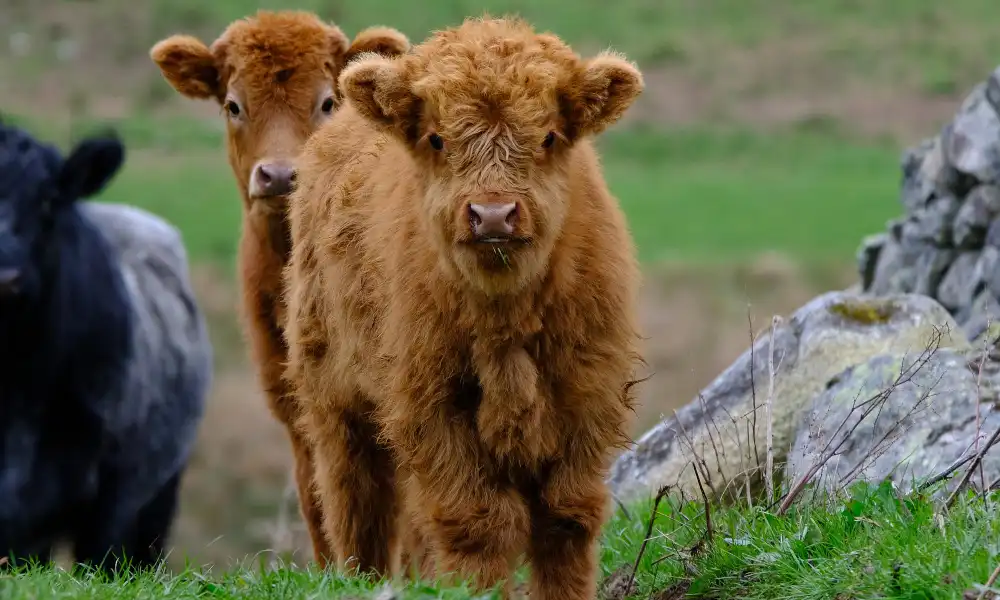
Breeding and Market Demand
Responsible breeding of Mini Highland Cows has become a lucrative niche for breeders. These animals, particularly heifers and dams, are often in high demand, sometimes fetching prices of several thousand dollars each. The appeal of their small stature, hardiness, and companionship endears them to a wide range of buyers, from small farm owners to those seeking unique pet animals.
Sustainability and Environmental Impact
One of the critical benefits of mini Highland cows is their reduced carbon footprint. Smaller animals like these contribute less to greenhouse gas emissions compared to larger cattle breeds. Their ability to thrive in various climates and on less feed makes them an environmentally friendly option for sustainable farming practices.
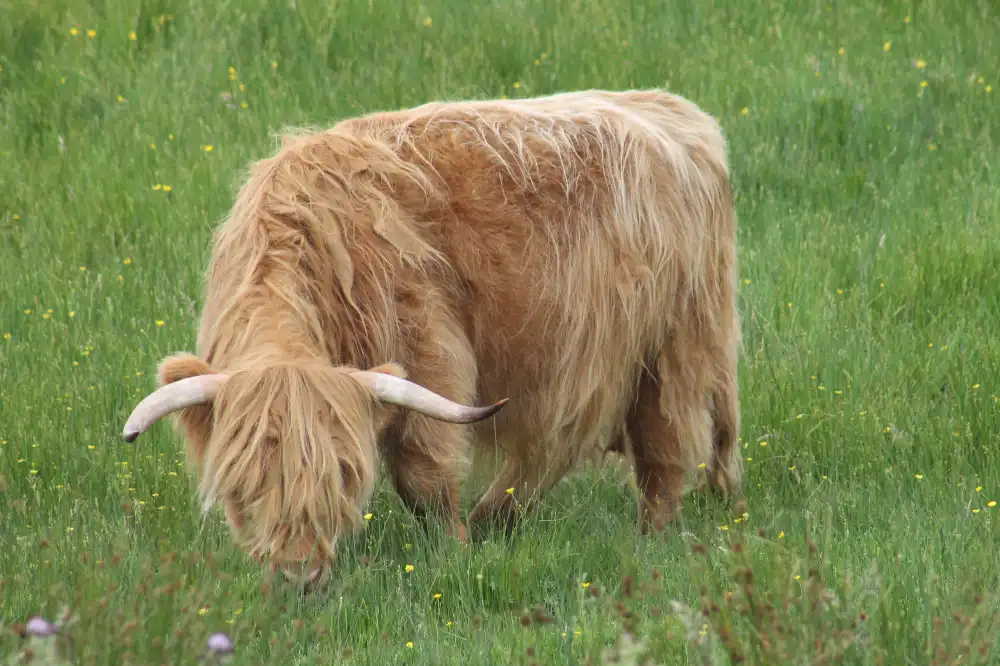
How do Mini Highland Cows contribute to sustainable farming practices?
Mini Highland Cows contribute significantly to sustainable farming practices through efficient land use, requiring less space and resources than larger cattle breeds. Their hardiness and adaptability reduce the need for extensive veterinary care and artificial sheltering, lowering the environmental impact. These cows graze effectively, promoting pasture health and reducing the need for artificial feeds and fertilizers. Additionally, their smaller size results in a lower carbon footprint, aligning with environmentally conscious farming goals.
What role do they play in agricultural biodiversity?
Mini Highland Cows enhance agricultural biodiversity by introducing unique genetic traits for hardiness and disease resistance into cattle populations. Their presence diversifies livestock genetics, crucial for adapting to environmental changes and challenges. This diversity strengthens the resilience and sustainability of agricultural ecosystems, supporting long-term farming success.
How can farmers integrate Mini Highland Cows into existing agricultural systems?
Farmers can integrate Mini Highland Cows into existing agricultural systems by using them for efficient grazing in smaller or rougher pastures unsuitable for larger breeds. They can be crossbred with other cattle to enhance genetic diversity and hardiness. Additionally, these cows can be used in rotational grazing systems to improve soil health and pasture management.
What strategies have been effective in maximizing their economic value?
Practical strategies to maximize the economic value of Mini Highland Cows include niche marketing, focusing on their unique traits to attract specific consumer segments interested in sustainable and small-scale farming. Diversifying income streams through agrotourism and selling premium, breed-specific products like artisanal meats and dairy has proven beneficial.
Emphasizing their low maintenance costs and suitability for organic farming can attract environmentally conscious consumers. Additionally, breeding programs focused on enhancing desirable traits like hardiness and size have increased their value and demand in the market.
How can Mini Highland Cows contribute to agritourism and educational programs?
Mini Highland Cows’ distinctive appearance and gentle nature can attract farm visitors, enhancing agritourism appeal. They are engaging educational tools, helping visitors learn about sustainable farming and animal husbandry. Their unique size and characteristics make them ideal for interactive experiences, especially for families and children. Additionally, they can play a role in farm-based educational programs, demonstrating biodiversity and small-scale farming practices.
Pros and Cons of Owning Mini Highland Cows
Owning Mini Highland Cows comes with its set of pros and cons. On the one hand, their petite size and hardiness make them suitable for small spaces and easier to manage, especially in harsh weather conditions.
They are considered one of the safest options for farm animals due to their calm demeanor. On the other hand, purchasing and maintaining these animals can be expensive, and their unique needs may require specialized veterinary care.
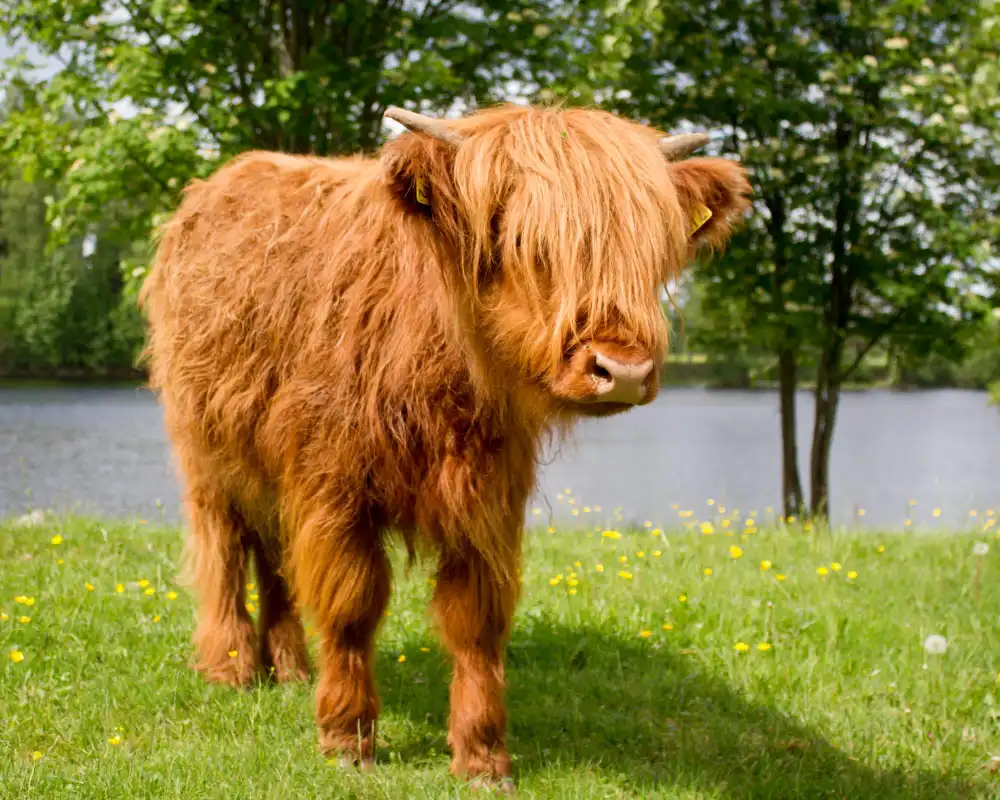
Future Prospects
The market for mini Highland cows and other miniature breeds is expanding as more people recognize their value as farm animals and companions. The trend towards smaller, more sustainable farm animals will continue, making breeds like the Mini Highland Cow increasingly important in modern agriculture.
Conclusion
Mini Highland cows represent a significant development in modern agriculture, epitomizing the shift towards sustainable and efficient farming practices. Their smaller size results in lower feed costs and better land utilization, making them ideal for small-scale farms. These cows are hardy and disease-resistant and contribute to agricultural biodiversity and environmental sustainability with their lower carbon footprint.
Despite the initial investment and care challenges, as demand grows in niche markets and agritourism, these miniature breeds hold promising economic value for farmers and breeders. Overall, Mini Highland Cows symbolize an innovative approach to farming that balances economic viability with environmental responsibility.
